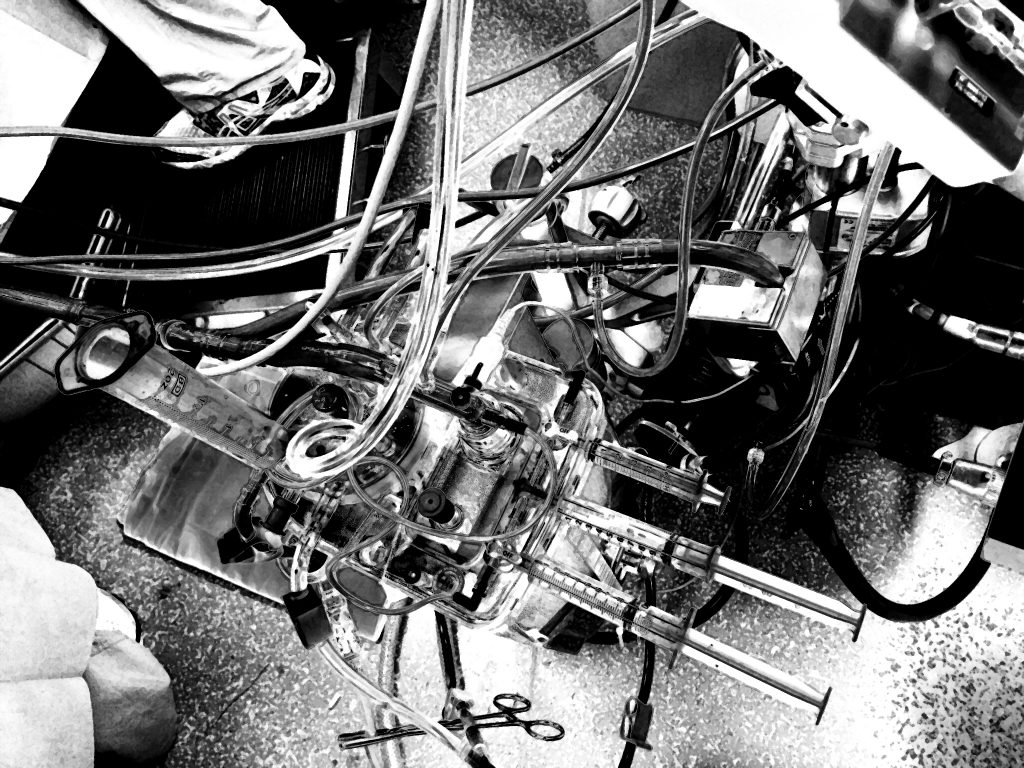Does the Prognostic Nutritional Index have a Predictive Role in the Outcomes of Adult Cardiac Surgery?

Objective
Malnutrition is known to affect postoperative outcomes, but only a limited number of assessment methods are available for evaluating nutritional status before cardiac surgery. The purpose of this study was to investigate the clinical significance of the prognostic nutritional index for adult patients undergoing cardiac surgery.
Methods
We retrospectively reviewed the medical records of 374 patients aged more than 18 years who underwent cardiac surgery with cardiopulmonary bypass. Patients were divided into 2 groups based on the cutoff prognostic nutritional index, and these groups were compared with respect to early morbidity and mortality rates, intensive care unit stays, and long-term outcomes. Logistic regression analyses were performed to identify the risk factors of early outcomes.
Results
The calculated cutoff value of the prognostic nutritional index was 46.13. Early mortality and morbidity were significantly more common in the high-risk group (9.0% vs 2.9%: P = .02, 58.0% vs 42.0%: P = .01). The median duration of mechanical ventilation support (18.0 vs 16.0 hours: P < .01) and intensive care unit stays (3.0 vs 2.0 days: P < .01) were also longer in the high-risk group. However, no significant intergroup difference was observed for the long-term clinical outcomes. Multivariate analysis showed that the prognostic nutritional index, age, cardiopulmonary bypass time, and aortic crossclamp time independently predicted early outcomes. Of these, only the prognostic nutritional index and age were significant preoperative variables (P = .01 and P < .01).
Conclusions
The prognostic nutritional index may be a useful preoperative nutrition screening tool for predicting the early clinical outcomes of adult patients after cardiac surgery using cardiopulmonary bypass.
